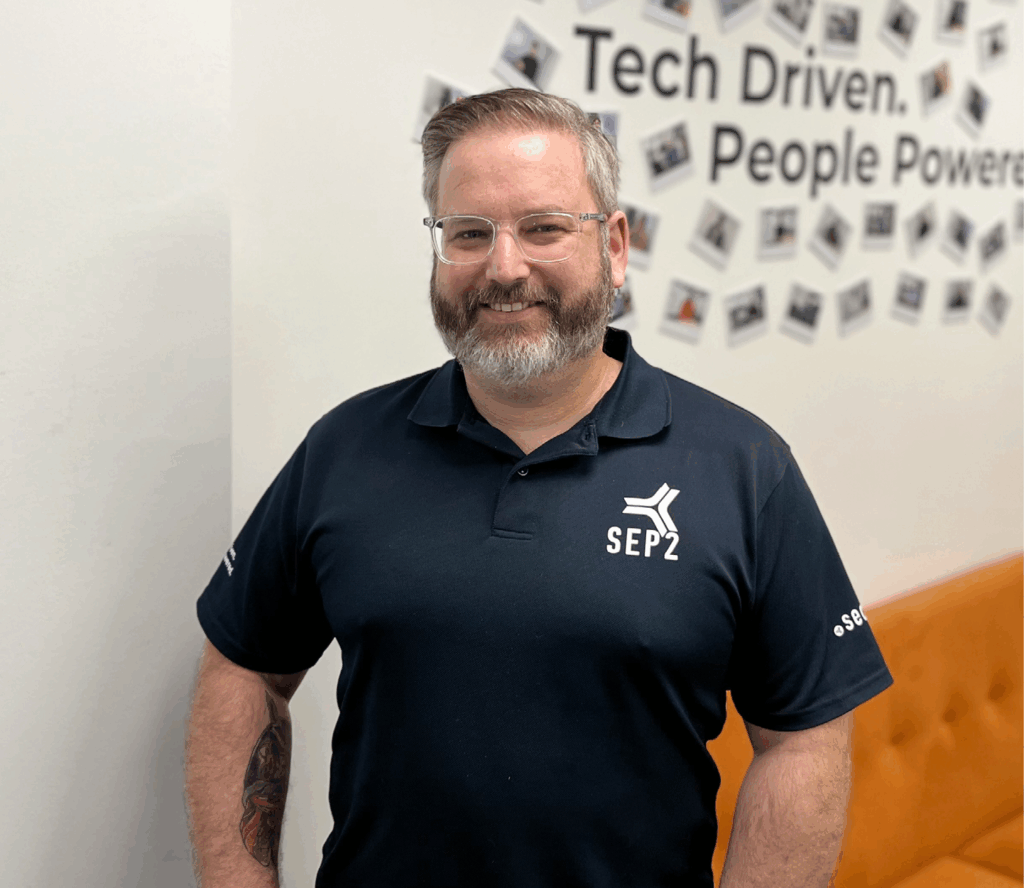If a supplier’s representative is compromised through phishing, malware, or credential theft, attackers can hijack their account to send legitimate-looking emails to customers. This can lead to ransomware attacks, unauthorised data access, and other malicious activities. Since the communication appears to come from a trusted source, customers are more likely to engage, increasing the risk of a successful attack. Such breaches can disrupt business processes, damage customer trust, and lead to regulatory or financial repercussions. Additionally, attackers may gain sensitive information for future attacks, creating ongoing security vulnerabilities.
To mitigate these risks, customers need to ensure that their incident response plans are comprehensive and include:
Supplier risk assessments to identify potential vulnerabilities in partner organisations.
Monitoring mechanisms to detect anomalies in communications or transactions with suppliers.
Authentication and verification procedures for critical communications, reducing reliance on trust alone.
Communication protocols for responding quickly if a supplier breach is detected, such as temporarily suspending interactions or changing access permissions until the threat is resolved.
Training programs to ensure employees are aware of the risks associated with compromised suppliers and know how to spot signs of compromise.
By addressing these areas, organisations can build resilience not just within their software supply chain, but across their entire ecosystem of suppliers, reducing the likelihood of falling victim to supply chain-related attacks.
What additional trends do you foresee in 2025?
By 2025, B2B organisations are expected to face increased demand from customers for evidence of robust security practices, such as ISO 27001 certification or regular SOC 2 audits. As cyber security threats grow in scale and complexity, companies are becoming more vigilant about the security posture of their vendors, partners, and service providers. ISO 27001, a globally recognised framework for managing information security, and SOC 2 audits, which assess data security and privacy controls, are essential benchmarks for demonstrating compliance with stringent security standards.
B2B customers, especially in finance, healthcare, and technology sectors, are prioritising partnerships with vendors who can provide these certifications to minimise risk and comply with evolving regulatory requirements.
Don’t navigate these challenges alone. Contact the SEP2 team today to learn more about how we can help you strengthen your cyber security posture and stay ahead of emerging threats.




